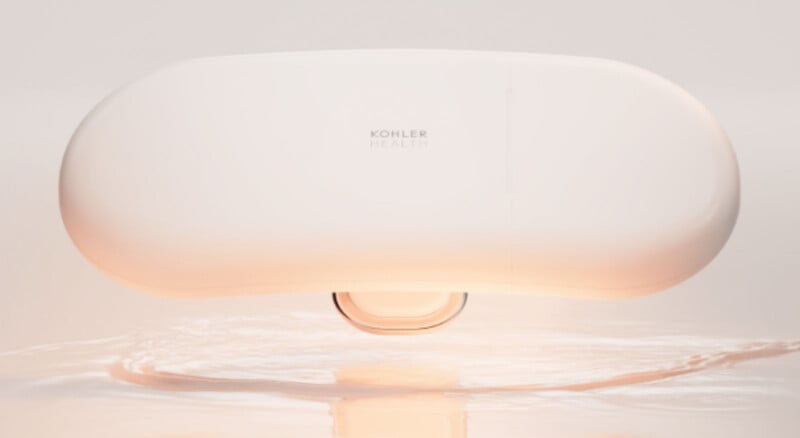Kohler Just Unveiled a Toilet Camera
![]()
Kohler, best known for its plumbing products including toilets and faucets, is entering the photography game with a camera that goes inside a toilet and analyzes photos of people’s stool.
Kohler describes its new Dekoda toilet camera, as reported by CNET, as a “first-of-its-kind health tracker” that analyzes gut health, hydration, and whether there is blood in a person’s stool. Gut health and hydration are generally practical ways to measure a person’s overall health and inform potential lifestyle changes, but blood can signal a much more serious underlying health issue, and people are generally advised to pay close attention to their bowel movements.

Cameras and imaging technology have grown increasingly important in healthcare. Scientists are developing thermal cameras that may become part of routine checkups, companies combine photos and AI to identify a pet’s health problems, and patients have been swallowing pill-sized cameras to help doctors diagnose internal maladies for years. Rather than look inside someone’s digestive system, though, Kohler’s new camera looks at the output.
![]()
![]()
Dekoda attaches to the rim of the toilet bowl, similar to fairly common toilet bowl cleaning accessories on the market, and aims its camera down into the bowl. Kohler describes these as “powerful sensors that scan and analyze the contents of the toilet using groundbreaking science and technology.” Basically, it takes photos that are then analyzed by an accompanying app, because of course there’s an app. Kohler is quick to note that Dekoda’s “sensors” only ever point straight down into the toilet and “nowhere else.”
The app tracks various information and patterns including stool shape, consistency, and frequency and features an AI that promises to help users monitor gut health status and device solutions when issues occur.
Still, even with the health focus, the idea of a camera inside a toilet may be a little harder for people to accept, especially in the face of significant privacy invasions concerning cameras surreptitiously placed in bathrooms. But Dekoda is far from a bathroom spy camera.
“Equipped with powerful, personalized insights, you can build habits that support a healthy gut and unlock peak performance,” Kohler claims.
The Dekoda also includes a fingerprint sensor so that different people can sign in via fingerprint to the device and its accompanying app. Dekoda has a magnetic battery that recharges via USB-C and promises easy setup that doesn’t require any tools.
![]()
Although Kohler claims that Dekoda is a “first-of-its-kind health tracker,” it is not the first camera that goes inside a toilet. For example, Austin-based Throne has a toilet camera that makes many of the same promises as Dekoda. The Throne One also monitors stool and hydration patterns over time using a camera and subscription-based app. Throne makes no mention of checking for blood, though, and seems more marketed at helping people keep an eye on their gut health and those who suffer from conditions like Crohn’s and colitis monitor their health.
The Kohler Dekoda is available now for $599. However, the app is not free. Subscriptions range from around $70 to over $150 annually, depending on the selected plan.
Image credits: Kohler